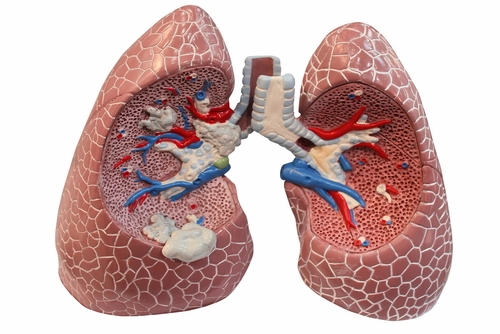Pulmonology Coding Alert
ICD-10-CM:
Sift Through These Symptoms to Reveal Rare Lung Diseases
Published on Thu Oct 07, 2021

You’ve reached your limit of free articles. Already a subscriber? Log in.
Not a subscriber? Subscribe today to continue reading this article. Plus, you’ll get:
- Simple explanations of current healthcare regulations and payer programs
- Real-world reporting scenarios solved by our expert coders
- Industry news, such as MAC and RAC activities, the OIG Work Plan, and CERT reports
- Instant access to every article ever published in Revenue Cycle Insider
- 6 annual AAPC-approved CEUs
- The latest updates for CPT®, ICD-10-CM, HCPCS Level II, NCCI edits, modifiers, compliance, technology, practice management, and more
Related Articles
Other Articles in this issue of
Pulmonology Coding Alert
- CPT® 2022 Update:
Familiarize Yourself with Principal Care Management Codes Prior to Jan. 1
Prepare to revise the way you report 99211. Are you nervous that you’ll have to [...] - Medicare 101:
Get Up to Speed with These 5 Medicare Tips
Follow these keys to transition to Medicare smoothly. If a new provider or coder is [...] - ICD-10-CM:
Sift Through These Symptoms to Reveal Rare Lung Diseases
Find the right occupation to code a hypersensitivity pneumonitis dx. You’ll find a bevy of [...] - You Be the Coder:
Carefully Read Documentation to Know if Combo Codes Apply
Question: I have a physician’s note that documents the patient’s conditions as acute respiratory failure [...] - Reader Questions:
Don’t Quit on 99406 and 99407 When Reporting Smoking Cessation Claims
Question: I have a physician’s report that indicates they spent time with the patient discussing [...] - Reader Questions:
Code an Accurate Sports Exam Following COVID-19
Question: We have a college student who came in for a physical examination to participate [...] - Reader Questions:
Can Supplying Free Samples Land You in a Legal Battle? Find Out.
Question: In the past, pulmonologists in our practice have frequently supplied free samples to patients. [...]
View All




